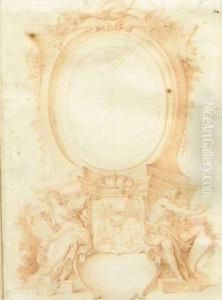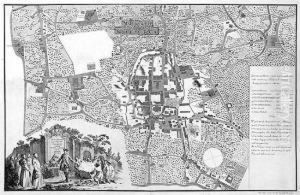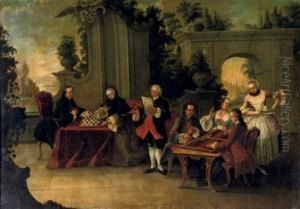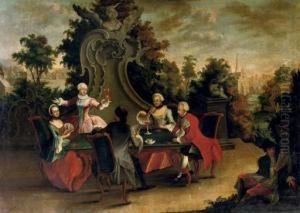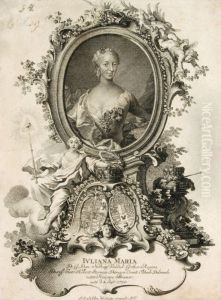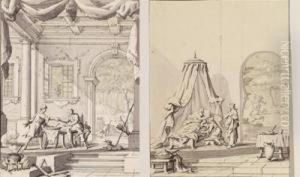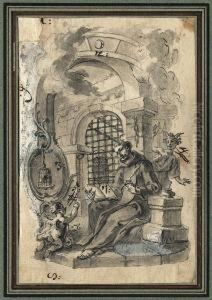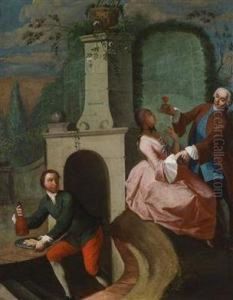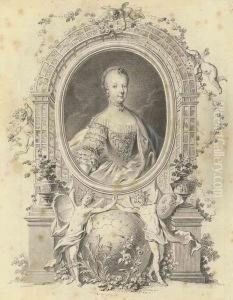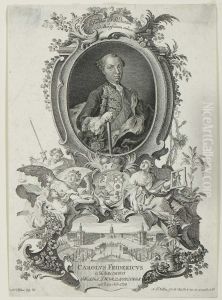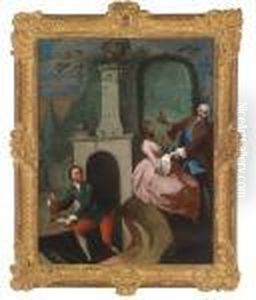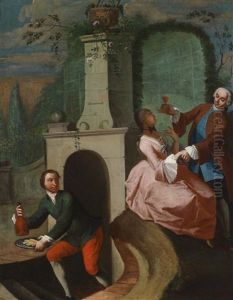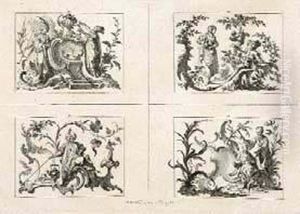Johann Esaias Nilson Paintings
Johann Esaias Nilson, a pivotal figure in the world of 18th-century European art, was born in 1721 in Augsburg, Germany. He was not only a prolific artist but also an influential printmaker, whose works significantly contributed to the rococo style of art, prevalent in his time. Nilson's artistic journey began under the tutelage of his father, a respected painter, which laid the foundation for his remarkable career.
Nilson's oeuvre encompasses a wide range of subjects, including genre scenes, landscapes, portraits, and allegorical compositions. His mastery in engraving and etching, combined with his keen observation and innovative composition, made his works highly sought after, not only in Germany but across Europe. He had a unique ability to capture the elegance and whimsy of the rococo spirit, which is evident in his delicate line work and the playful nature of his subjects.
Beyond his contributions as an artist, Nilson played a crucial role in the artistic community of Augsburg. He was an esteemed member of the city's art academy, where he taught and mentored the next generation of artists. His influence extended beyond his immediate circle, as his prints and designs were widely disseminated, influencing decorative arts, including porcelain and textile design, throughout Europe.
Nilson's legacy is not confined to his contributions to the rococo style or his influence on the decorative arts. He was a pioneering figure in the printmaking world, experimenting with various techniques and pushing the boundaries of the medium. His works are preserved in numerous museums and private collections, serving as a testament to his skill, creativity, and impact on the art world.
Johann Esaias Nilson passed away in 1788 in Augsburg. His death marked the end of an era but also the beginning of a lasting legacy. Today, Nilson is remembered not only for his artistic achievements but also for his role in shaping the visual culture of the 18th century. His work continues to be studied and admired, offering insight into the rococo period and the broader currents of European art history.
